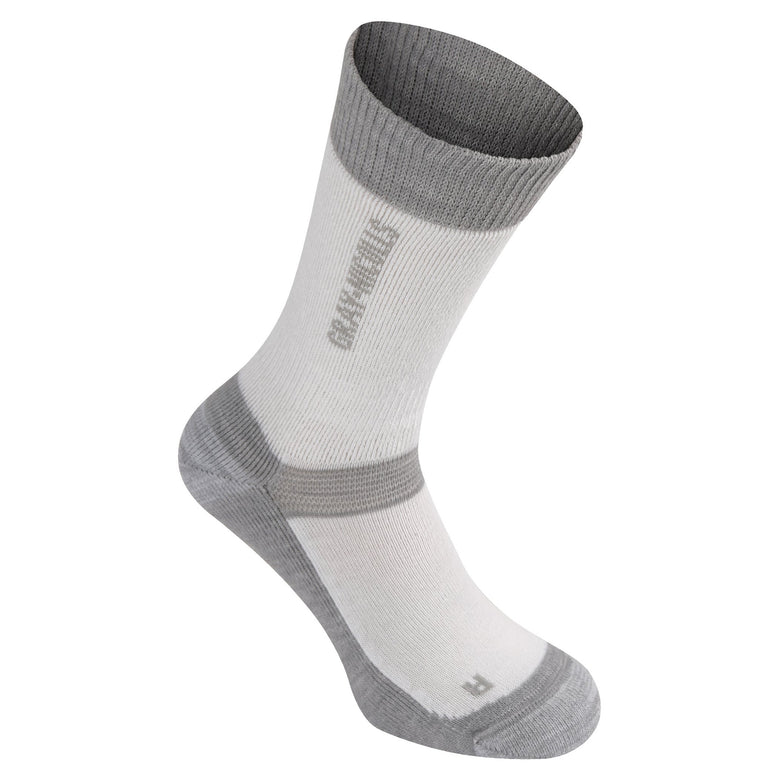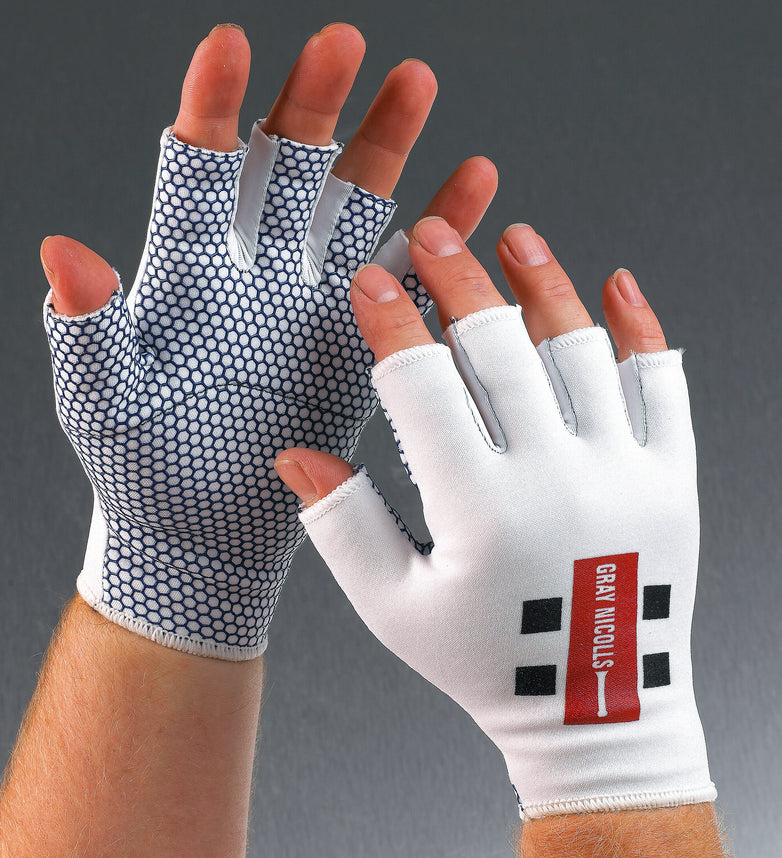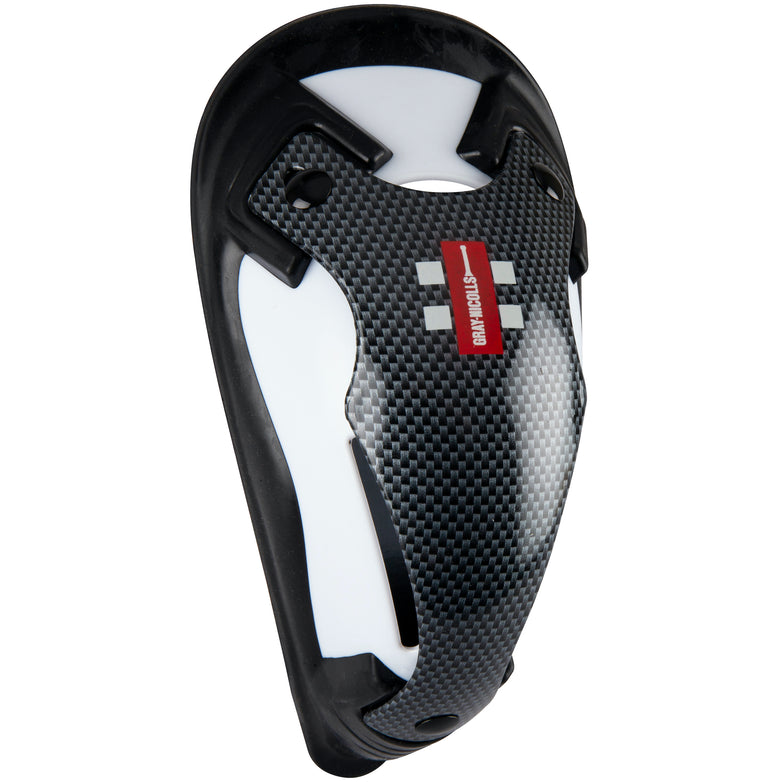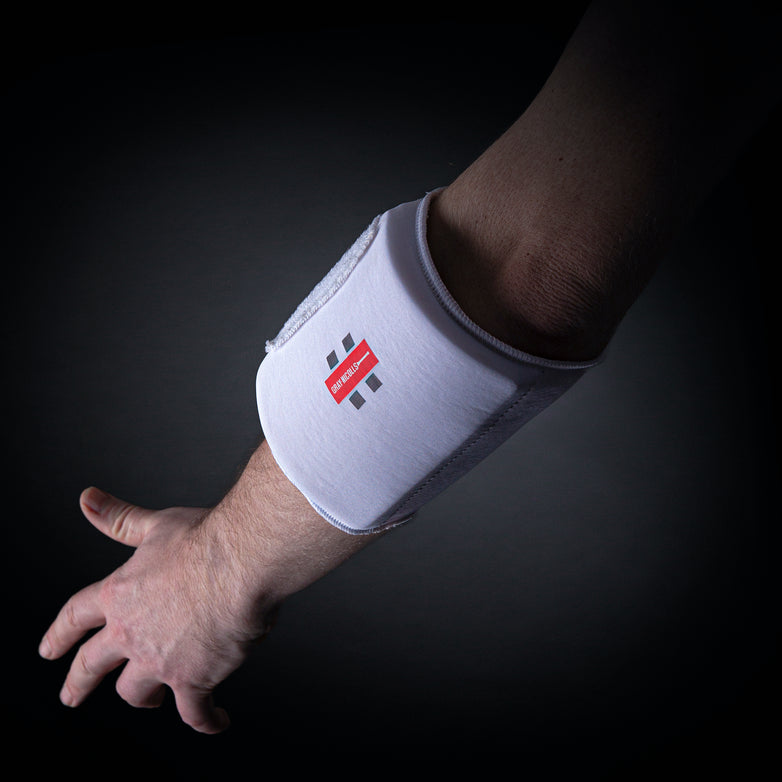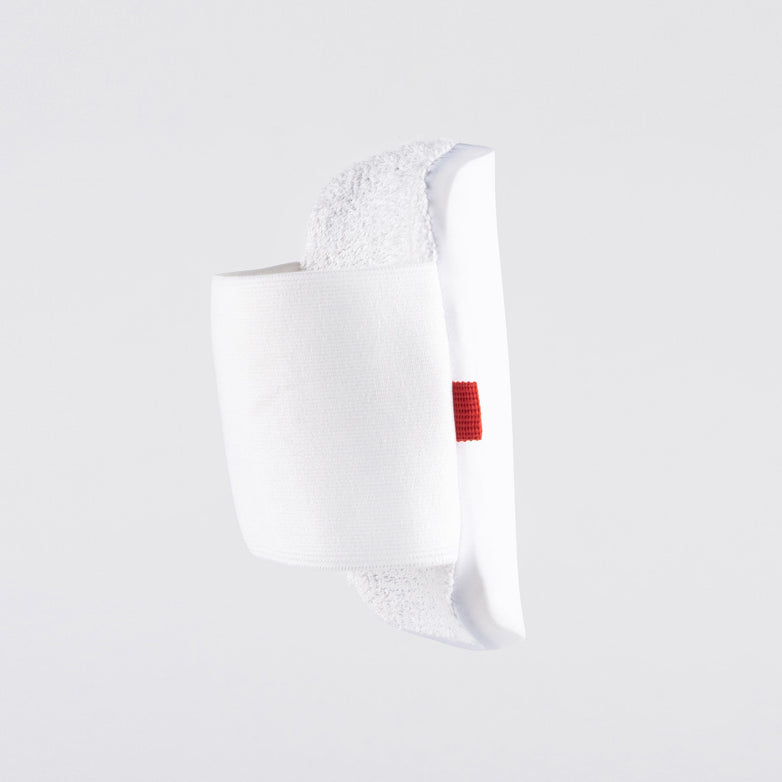Leg Before Wicket, or LBW, is one of the modes of dismissal in cricket. Simply put, to be out LBW, your legs have to intercept the ball before it hits into the stumps. However, there are some key points to know.
First of all, the ball must – in the opinion of the umpire – be going on to hit the stumps if it hadn’t hit the pad first. If it is deemed to be missing the stumps, it cannot be out.
Note it cannot be out if the ball hits the bat or glove before it hits the pad. The first contact must be with the leg or foot for LBW to come into play. You can also be out LBW if the ball hits your body.
The umpire may not give an LBW if the ball pitches outside the line of leg stump on delivery. This is to counter bowling negatively, making it very difficult for the batsman to hit the ball. However, LBW can come in to play if the ball pitches outside off-stump…
When the ball pitches outside off stump, LBW can be given if the first contact with the leg is in line with the stumps. If the ball hits the batsman and they are outside the line of the stumps, this is not out. There is one exception to this rule – if a batsman is deemed not to be playing a shot, e.g. leaving the ball and is hit outside the line of off-stump, they can still be out LBW (if the ball is going on to hit the stumps).
We hope that clears up LBW for you. It’s a tricky one to learn, but once you grasp it you’ll know it for life!






























